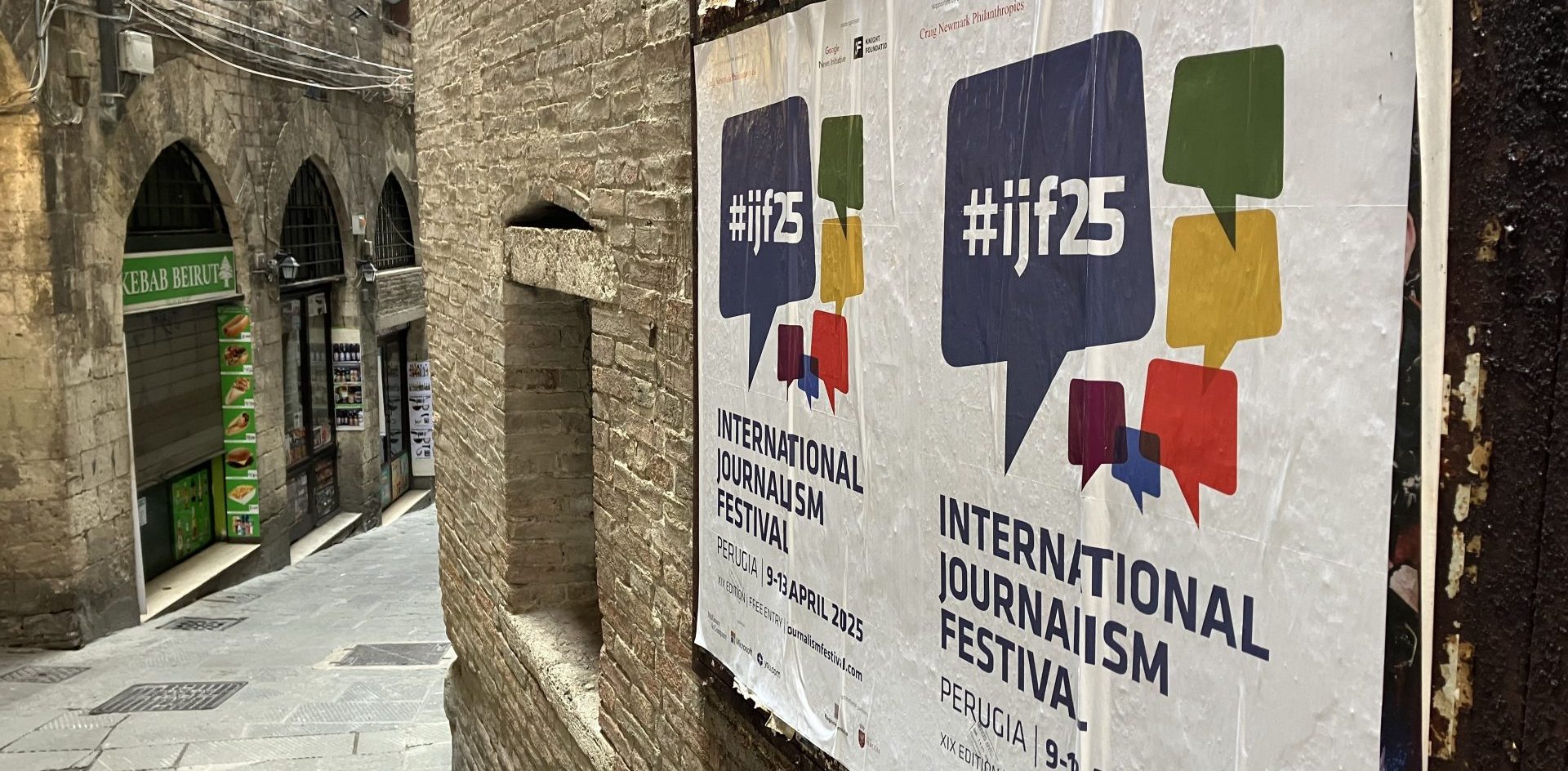
Newsletter
Newsletter
Google is testing new subscriptions options for publishers, and we review how magazine editors are re-imagining their brands for the future.
2nd March 2023
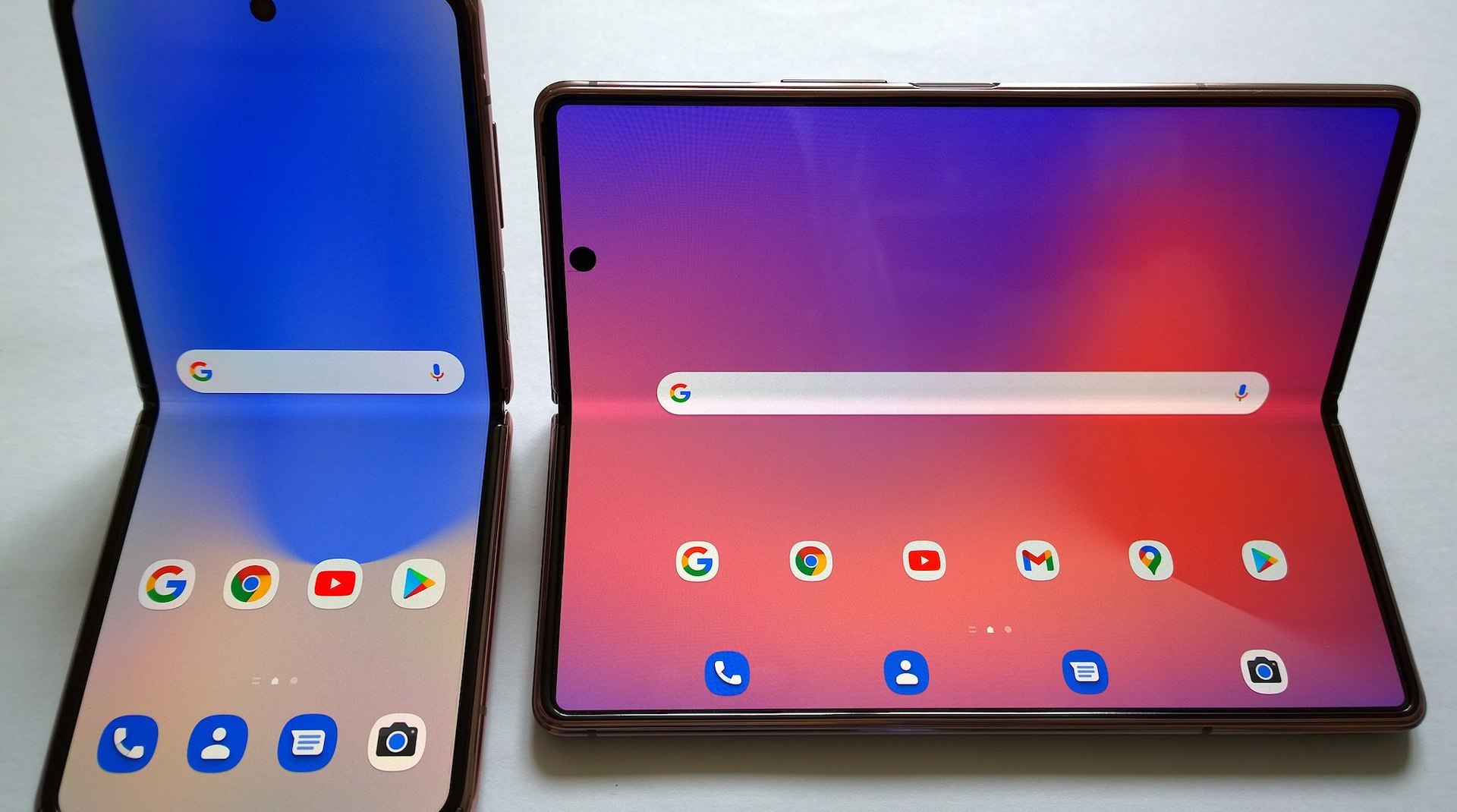
In the Pugpig weekly media bulletin, Pugpig’s consulting services director Kevin Anderson and digital growth consultant James Kember distills some of the best strategies and tactics that are driving growth in audiences, revenue and innovation at media businesses around the world.
Print is being squeezed by declining circulation on one end and costs on the other end. That is one of the reasons that publishers, like Time and Cosmo UK, are not only leaning into digital but also re-imagining their brands and diversifying their revenue streams.
Sign up to get the Media Bulletin in your inbox.
Time’s Jessica Sibley and Cosmopolitan UK’s Claire Hodgson are both on missions to maintain the relevance of their brands by remaking and re-imagining them. Sibley asked people what Time meant to them from media mogul Jeffrey Katzenberg to her own children as she sought to update the brand. At Cosmo UK, Hodgson reflected on the “core DNA” of the brand such as exploration of sex and love but for a modern audience with more fluid concepts of what that means.
For both leaders, having a strong grounding in their brand identities has provided them with what Hodgson described to the Press Gazette as a “”really strong foundation” for experimentation. It is an important shift that while print might still be important, they do not feel constrained to focus solely on print as they re-imagine their brand experience.
For Hodgson and Cosmo UK, she frames her effort at maintaining relevance in three ways: “content, aesthetics and platforms”. They have refreshed their look across their platforms so it is consistent and reinforces the brand no matter where their audiences encounter it. They also realise that the most “amazing zeitgeist-y content” can still feel flat if it isn’t in the right format for the platforms where their audiences are. However, this isn’t just about activities that engage audiences on social platforms. She is quick to point out that their direct traffic was up 50% last year as opposed to a 10% increase on social media platforms.
That’s just showing if you put your reader first and your audience first and you can get that really loyal, engaged habit from them then you’re going to build that direct relationship with them and it matters a bit less what other headwinds you’re facing.
Claire Hodgson, Cosmo UK from the Press Gazette
At Time, Sibley faces the challenge of increasing the relevance of a brand for which a number of people described to her a nostalgic view as the brand that made history. But she doesn’t want Time to be relegated to history. She is looking to launch a number of new ventures including a contributor platform, a branded content division and podcasts. Underpinning these new ventures will be Time Studios, which now accounts for 25% of the company’s revenue with the sale of scripted and unscripted series to streamers like Amazon and Netflix. The studio and other revenue diversification efforts allowed the company to grow 10% in 2021 and twice that in 2002.
And that gives Sibley confidence that the company can weather the current economic turbulence. “If you have a diversified business like we do, you’re able to really sustain and maintain and grow in areas that aren’t necessarily aligned with those types of choppiness,” she said.
CJ Chilvers wrote his first newsletter in 1987. He was 12, and it was about ninjas, he says. He recently shared 35 lessons, one for each year that he has been writing newsletters. He offers timeless advice for anyone who is writing a newsletter, whether you are a creator-solopreneur publishing through Substack or Beehiiv or a publisher looking to newsletters as part of your user engagement, conversion and retention efforts.
His first point bears repeating: email lasts. While newsletters, electronic or otherwise, go in and out of favour in publishing, it has been a really durable in terms of its staying power. Email newsletters are having a moment right now, moving from a side dish to the main course of some media strategies, but it has been one of the most consistently reliable formats over the years. In part that is because, email newsletters have become more distributed throughout publishers’ operations. When they were solely the purview of the marketing department, editors and writers didn’t pay them much attention. However, as editorial teams have got involved or even become product owners for newsletters, newsletters have come to the forefront. You only need to look at Axios’ local strategy in the US.
ChiIvers’ also points out something that I’ve heard newsletter pros talk about frequently, which I’ll frame as the intimacy of the inbox. People have decided to receive your newsletter, and they have a different relationship with the newsletters that they receive than websites that they visit. This is why his lessons include “be human” and “build relationships”.
There are other points that I would say fall into the category of valuing people’s time. “Deliver value, not word counts,” he says, and he adds, “curation matters”.
There are many more lessons that he shares, but I’ll focus in what he chooses to measure.
That last one speaks to the trust and relationship you build up with your audience with your newsletters. The value that they place on those relationships will mean that people choose to support you through membership, a subscription or for those individual creators becoming a patron.
Apple and Google’s approach of requiring a user to subscribe directly through their app stores has historically created two tiers of subscribers for publishers: direct and non-direct. Whereas the publisher ‘owns’ the relationship with the direct subscriber when a user subscribes through Google Play or iOS’s App Store, they receive no user data. This means they have limited ability to understand behaviour and content consumption across digital platforms and struggle to optimise their acquisition and retention efforts for this app-only audience.
However, Apple and Google have come under significant pressure in recent years to open up their app store ecosystems. Since November, Google has been allowing app developers in over 35 countries to partake in a pilot for User Choice Billing. The search giant is testing the offering as an alternative billing option for users, alongside Google Play’s current billing system. The user has a clear choice to either subscribe via Google or directly with the app maker. Google’s reasoning is that they believe that this could improve user experience, and the company has stated that feedback so far is positive. However, they still charge the app developer for the subscriber (reduced by 4%) and have a restrictive set of UX requirements
Meanwhile, after reaching a settlement with the Japanese regulator, Apple has allowed external link entitlement since March 2022 for reader apps: “apps that provide one or more of the following digital content types — magazines, newspapers, books, audio, music, or video”. This has the benefit of not requiring an App Store payment option, and Apple does not take a share of revenue from the developer. However for apps using this feature, an extra step is added to the payment journey through the external link and the app developer should evaluate the impact this will have on conversion. Also, whilst enablement is an option for all apps where digital content is a “primary function” it requires an application to Apple and approval.
These changes are creating exciting opportunities for publishers who will be able to build deeper relationships directly with their subscribed app audiences. It also encourages moving away from the view that in-app subscription is an ancillary revenue stream and instead is part of a core revenue strategy. Apps shouldn’t just be a product purchased after a subscription but are an important driver of habit and loyalty that can lead to that subscription.
Pugpig’s Consulting Services team is helping our publishing partners to develop subscription strategies that take advantage of new app functionality. If you would like to discuss how we can help you, contact us at info@pugpig.com.
Here are some of the most important headlines about the business of news and publishing as well as strategies and tactics in product management, analytics and audience engagement.

Newsletter
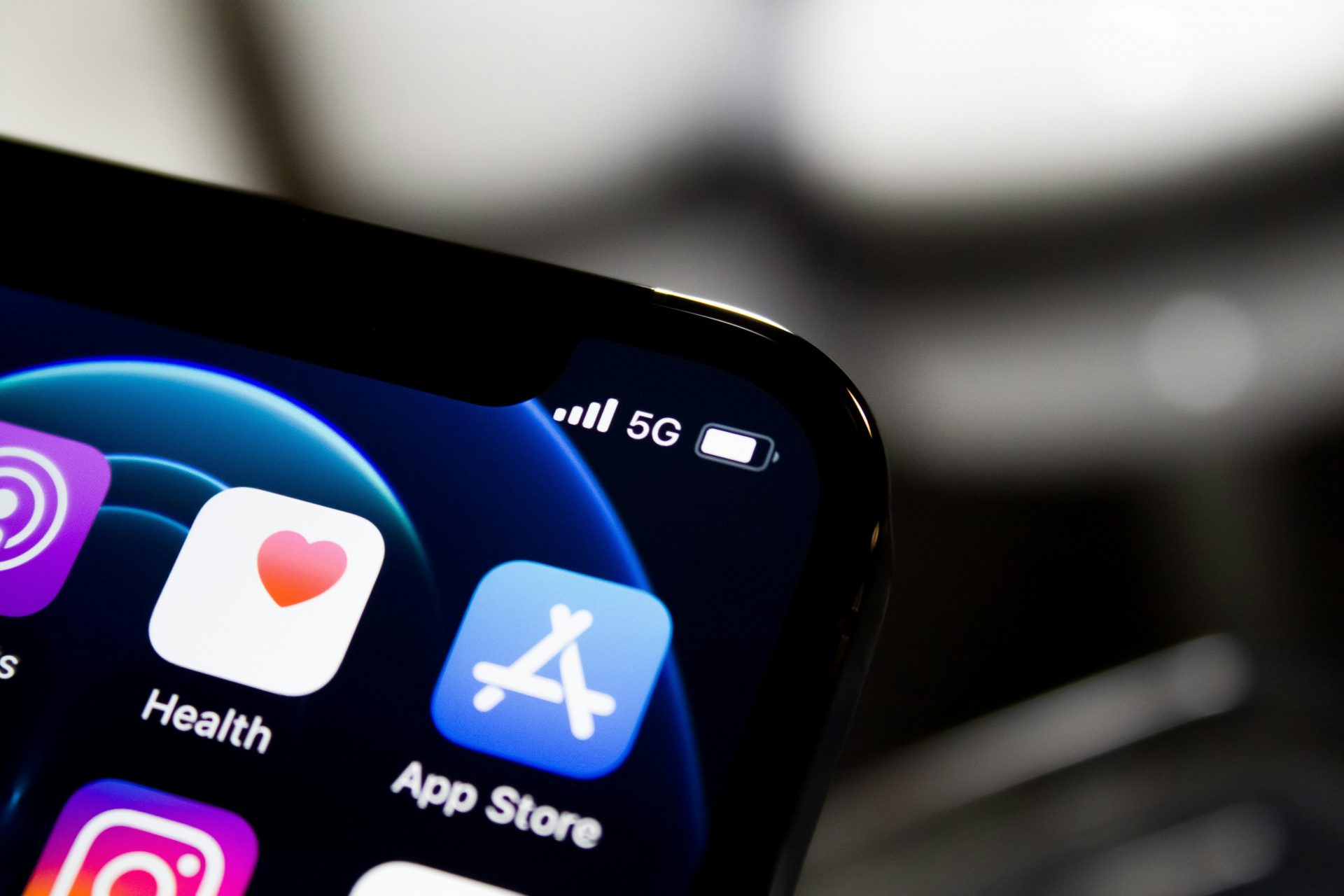
Newsletter
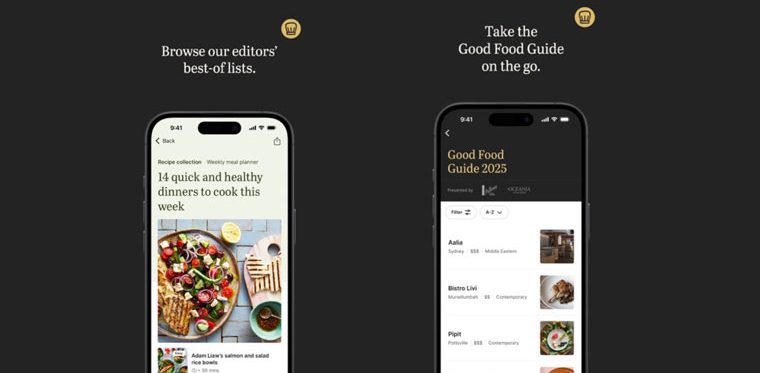
Newsletter
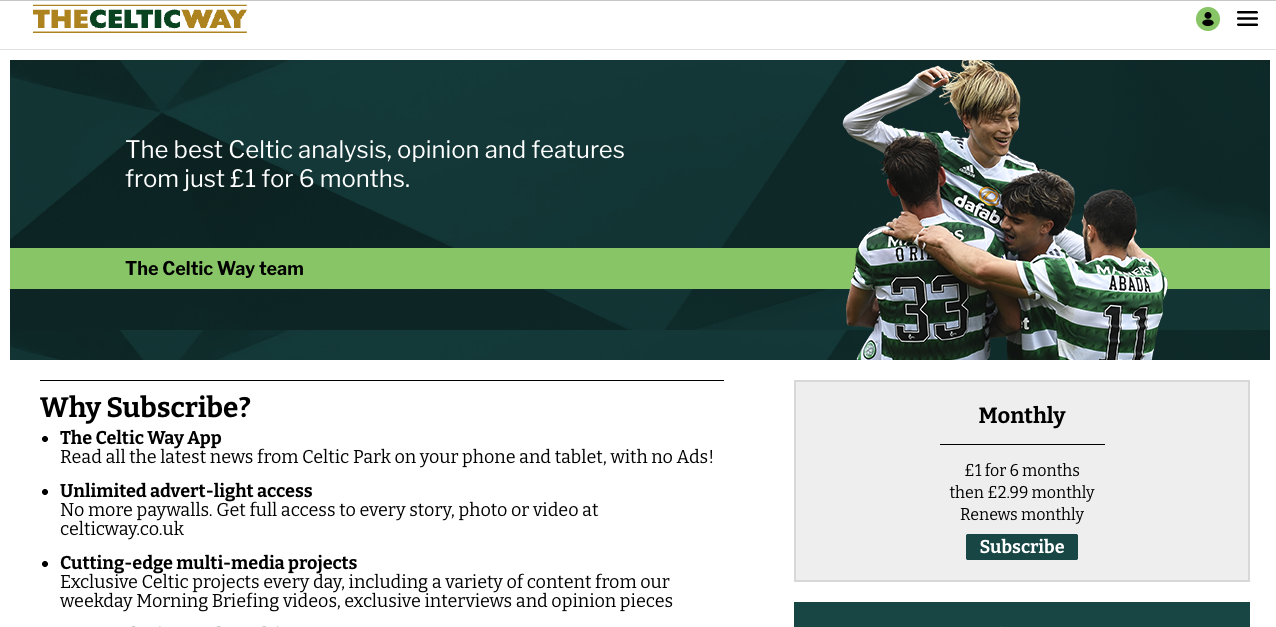
Newsletter

Newsletter